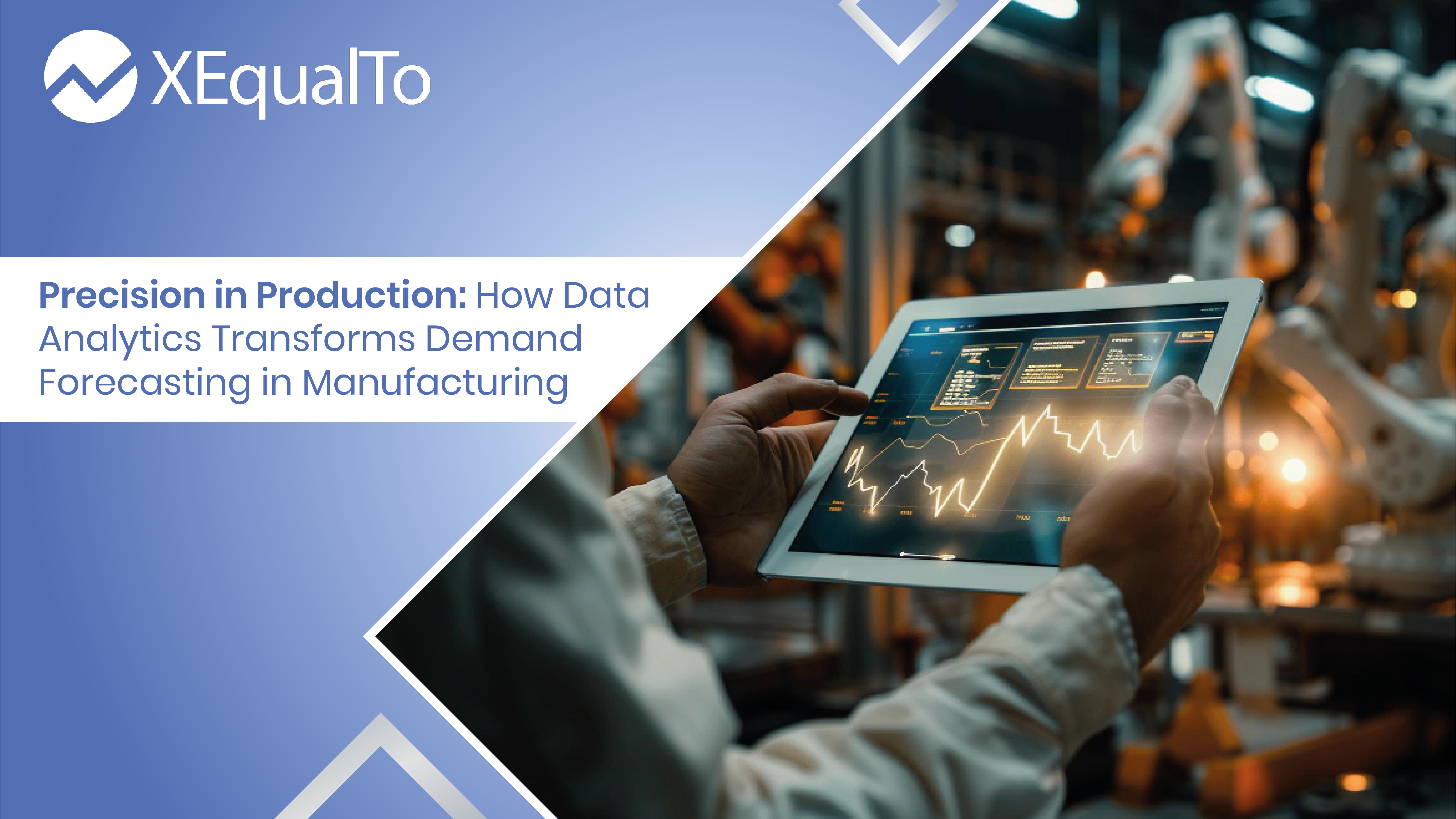Manufacturers operate in an era where demand fluctuations can make or break success. Imagine a world where production schedules align perfectly with market needs—no excess inventory, no stockouts, just seamless efficiency. That’s the power of data-driven demand forecasting. By leveraging advanced analytics, manufacturers can anticipate customer needs, minimize waste, and optimize operational costs like never before.
The State of Demand Forecasting in 2025
The manufacturing sector is experiencing a major transformation, with data analytics playing a pivotal role. According to Deloitte Insights, 86% of manufacturers believe smart factory initiatives will be their biggest competitive advantage by 2025. However, this resurgence also intensifies labor shortages, making efficient demand forecasting more critical than ever.
Why Traditional Forecasting Falls Short
Relying on gut instinct or outdated historical sales data often leads to costly miscalculations. Data analytics transforms demand forecasting by:
- Uncovering Hidden Patterns with AI & Machine Learning: Advanced algorithms analyze vast datasets to detect trends that manual methods might miss. AI can even factor in external variables like economic trends and weather conditions.
- Reacting in Real Time: Predictive models dynamically adjust to market fluctuations, enabling manufacturers to proactively respond to demand shifts.
- Integrating Diverse Data Sources: Incorporating economic indicators, social trends, and market behavior into forecasting models refines accuracy and minimizes risk.
The Game-Changing Benefits of Data-Driven Forecasting
What does improved forecasting mean for manufacturers? Here’s what they gain:
- Smarter Inventory Management: Reduce surplus stock and prevent costly overproduction.
- Fewer Stockouts, Happier Customers: Meet demand without delays, ensuring seamless order fulfillment.
- Optimized Production Planning: Adjust schedules dynamically to maximize efficiency and minimize waste.
Tech Innovations Powering Next-Level Forecasting
Cutting-edge tools are revolutionizing how manufacturers predict demand.
- AI-Powered Predictive Analytics: AI continuously refines forecasts using real-time and historical data.
- IoT and Smart Sensors: Live data from connected devices highlights production trends and potential bottlenecks.
- Cloud-Based Analytics Platforms: Centralized systems ensure seamless forecasting across global supply chains.
Real-World Impact: A Data-Driven Success Story
A global automotive manufacturer overhauled its demand forecasting with AI-driven analytics, incorporating customer behavior insights and real-time market data. The outcome? A 30% reduction in forecasting errors, optimized supply chain efficiency, and a 15% increase in on-time deliveries—earning greater customer trust and higher profitability.
Future Trends: What’s Next for Demand Forecasting?
Looking ahead, manufacturers are prioritizing investment in data infrastructure to bridge workforce gaps and enhance predictive capabilities. BDO USA predicts that policy changes and labor shortages will push manufacturers to rely more heavily on AI-driven forecasting.
Final Thoughts
In manufacturing, demand forecasting is no longer just an operational necessity—it’s a competitive differentiator. Businesses leveraging real-time data analytics are cutting costs, improving efficiency, and meeting market demands with precision. The future belongs to those who embrace predictive intelligence—are you ready to lead the way?

tyy-ai
Brilliant insights! The AI Tools List provides valuable perspectives. This AI Tools List is remarkable and detailed, providing a wealth of information. The AI Tools List is awesome!